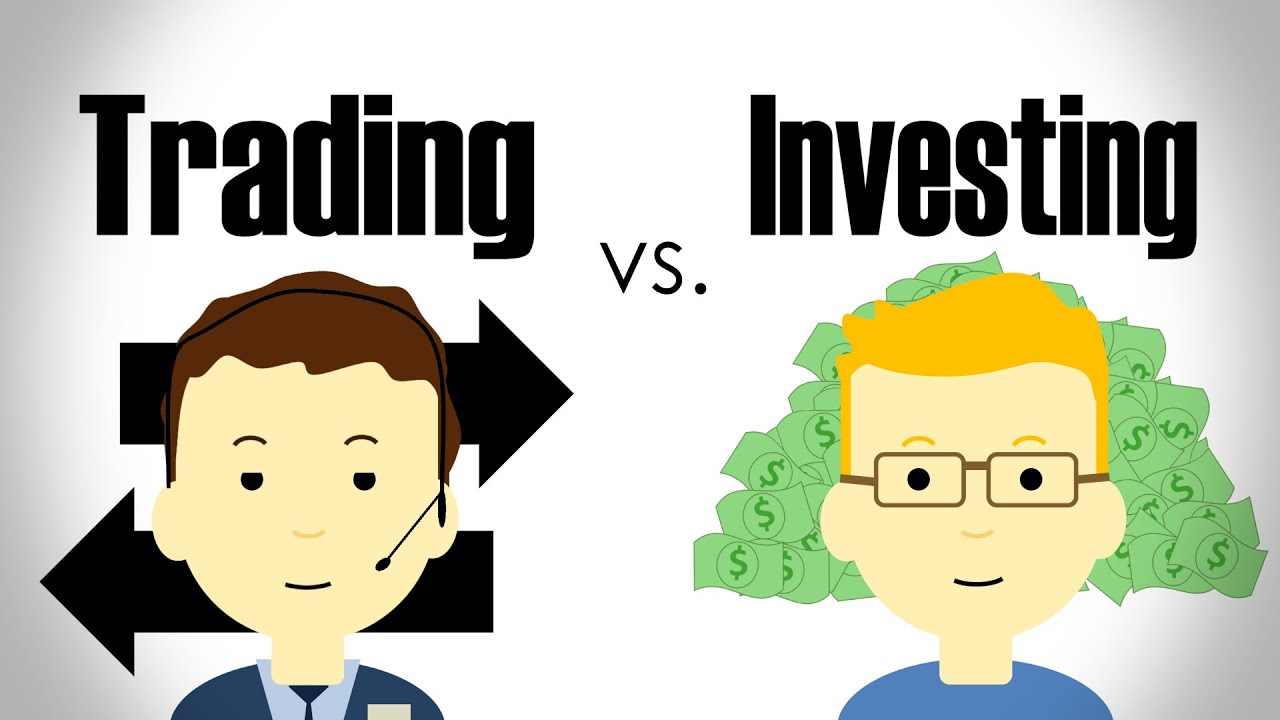Investing is an approach to market participation that aims for higher returns over the long term. It often involves buying and holding assets for years, or even decades, while taking advantage of perks like shareholder dividends.
Trading involves speculating on short-term market movements to capture quick profits. It also involves using leverage, which magnifies both profits and losses.
Investing is a long-term strategy
Investing is the process of building wealth over time by buying and holding assets, taking advantage of perks like interest and dividends. It can also involve reducing risk by spreading your investments across various asset classes. Investors typically hold their assets for years or even decades and are able to ride out short-lived market gyrations and volatility.
Trading, on the other hand, involves buying and selling assets and financial derivatives within a short period of time. It can also involve speculating on price movements and is largely dependent on news events and technical analysis. Traders can profit from both rising and falling prices, but they need to be prepared for losses as well. This is why it’s important to diversify your trading portfolio.
Investing is a passive strategy
Investing involves buying financial assets like stocks, mutual funds, exchange-traded funds (ETFs), or bonds in the hopes of growing your money over time. Unlike trading, investing is a long-term strategy that often involves hanging onto these assets for years, or even decades.
Passive investing strategies often involve buying index funds and ETFs, which mirror the performance of major stock indexes. This allows investors to avoid the frequent buying and selling of securities, which could result in higher transaction costs.
Another reason to choose a passive investing strategy is the potential for lower fees. Traders typically pay higher fees than investors, and these costs can eat into your returns. Moreover, it can be riskier to invest in securities that are volatile than those with a stable price.
Investing is a risky strategy
Stocks have produced higher returns than bonds and cash investments over the long term, but they also involve more risk. Investors must be prepared for volatile markets, which can include a lot of peaks and valleys over months and years. This is why it’s important to invest only a small percentage of your wealth in stocks, and to diversify your portfolio by investing in other assets.
Trading involves buying and selling financial assets, like stocks, ETFs (an exchange-traded fund that tracks an index), currencies, commodities, and cryptoassets in the hope of making a profit within a short time frame. It can involve leverage, which magnifies profits and losses, and requires more liquidity than investing. It may also incur higher fees, such as transaction costs and commissions.
Investing is a speculative strategy
Investing and trading may seem like the same thing: buying financial assets with the goal of growing your money. But the difference is that investing involves hanging onto assets for years — or even decades — while trading is about buying and selling assets within the span of a week, day, or month.
Investors typically buy and hold their assets for a long time, taking advantage of perks such as dividends and stock splits. They also take into account a company’s historical data and management forecasts when making investment decisions. Meanwhile, traders often make short-term trades with the goal of profiting from price fluctuations. Traders may also use leverage to increase their profits. They also focus on a company’s recent news and media coverage.
Investing is a short-term strategy
Investing involves buying financial assets, such as stocks, ETFs, bonds, commodities, and even cryptoassets. These assets have the potential to generate inflation-beating rewards over the long term. However, investing is not suitable for everyone.
Traders, on the other hand, buy and sell assets within weeks, days, or even hours to profit from short-term price movements. They typically use leverage to magnify profits and losses.
Traders are often attracted to the short-term volatility of markets, but they should keep in mind that there is always a risk of losing money if their trades go wrong. Therefore, it is important for traders to understand their risk tolerance and set appropriate trading parameters. They also need to make sure that their trading strategy is aligned with their investment goals.




